Stunning Renovation of Georgian House in North Yorkshire
A decade ago, Lisa and Alex Homer’s work-life balance was so off-target they’d almost reached breaking point.
Lisa was flying all over the world as a flight attendant and Alex had a full-time job in a bank.
The couple were also running a busy guest house in addition to their own home; raising two small children, Harvey and Jasmine; and caring for elderly relatives. Most people would have scaled down, changed jobs or at least taken a well-earned break – but not the Homers.
The pair’s solution was to bring everything under one roof by establishing their own business. “We’d always said that one day we’d like to run a luxury bed and breakfast business in the country,” says Lisa. “We just didn’t expect to do it quite so soon.”
The couple’s path to achieving their dream wouldn’t prove to be easy: it meant putting themselves into enormous debt, buying a wreck of a country mansion and embarking upon a hugely stressful renovation project.
- NamesAlex & Lisa Homer
- LocationNorth Yorkshire
- Type of projectRenovation
- project routeOwner project managed
- plot size3.5 acres
- property cost£800,000 (2010)
- house size604m2
- project cost£502,000
- project cost per m2£831
- total cost£1,300,000
- building work tookEight years
- current value£2,500,000
A run-down property full of potential
In many ways, the Homers’ change in lifestyle couldn’t have been better timed. Alex spotted that the property market bubble was about to burst and started looking for opportunities.
“One night I couldn’t sleep, so I got up and started browsing the internet for houses to renovate. I came across a place called Grassfield Hall. I was so excited that I woke up Lisa at 2am to show her the details.”
The beautiful old dwelling had a chequered history as a family home, a wartime base for soldiers and a hotel, until it fell into the hands of an ill-fated property developer and was repossessed by the bank.
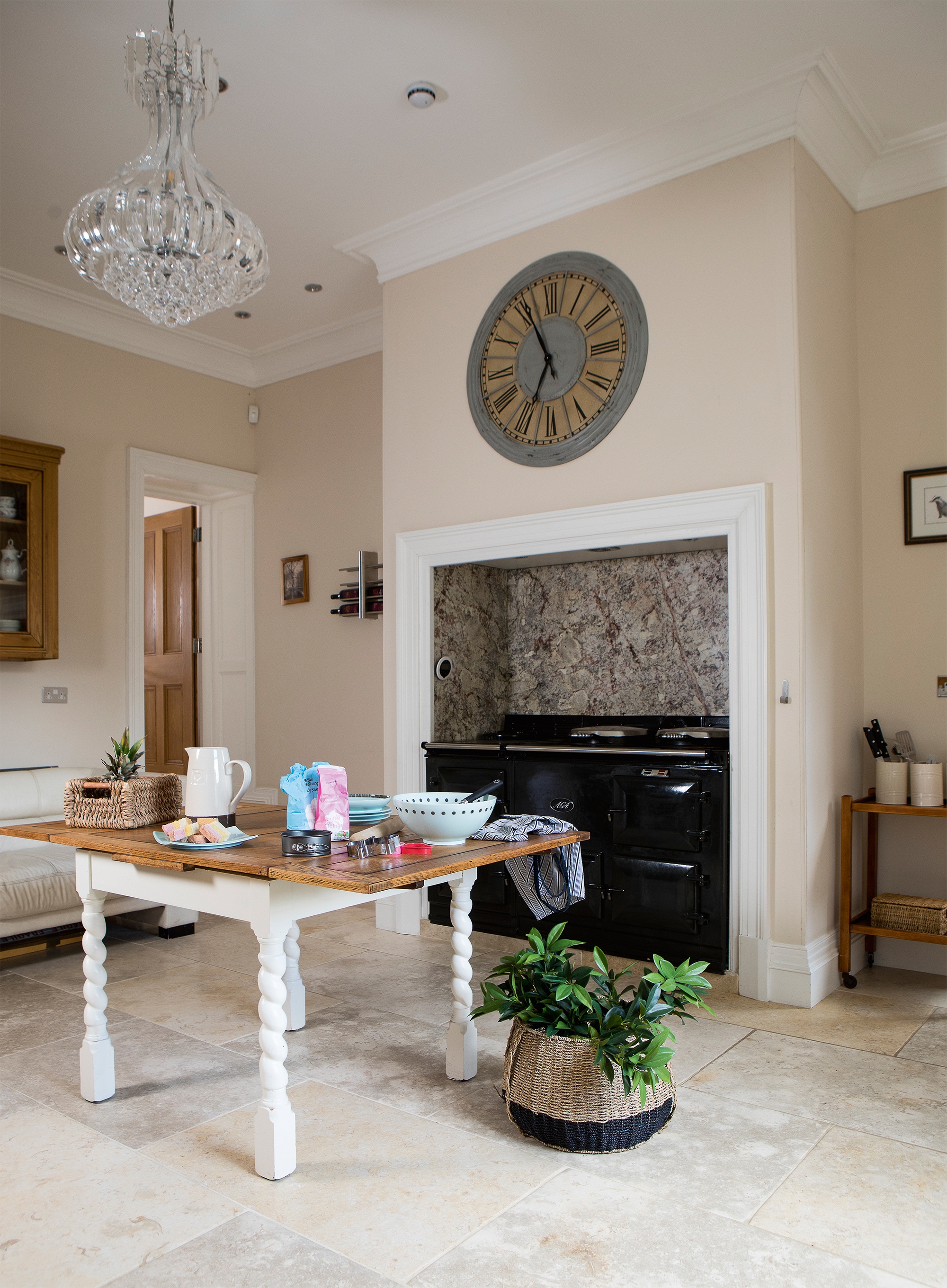
The kitchen is still a work in progress, but the Aga complements the character of the Georgian house
It is believed that around £100,000 was spent on the building to make it saleable, but much of the work was cosmetic. It was clear from the outset that whoever took over the house faced a mammoth restoration project that would take years and cost hundreds of thousands of pounds to complete.
“It wasn’t for the faint hearted,” says Alex. “Lisa and I went into this with our eyes wide open. We knew it would haemorrhage money and take at least a decade, but we took it on with a long-term view in mind.”
Financing the renovation project
The first challenge was how to raise the money to purchase the property, especially at a time when the banks were tightening up on lending.
Fortunately, Lisa’s mother – who was caring for Lisa’s very ill father – was willing to take a business gamble and put their cottage forward as collateral.
Along with Lisa and Alex’s current home and the property they ran as a guest house, the couple were able to take out a sizeable £1,200,000 bridging loan with Swedish Handelsbanken and secure the purchase of Grassfield Hall.
The Homers had hoped to sell all three properties quickly, but it was at this stage that their plans started to come unstuck.
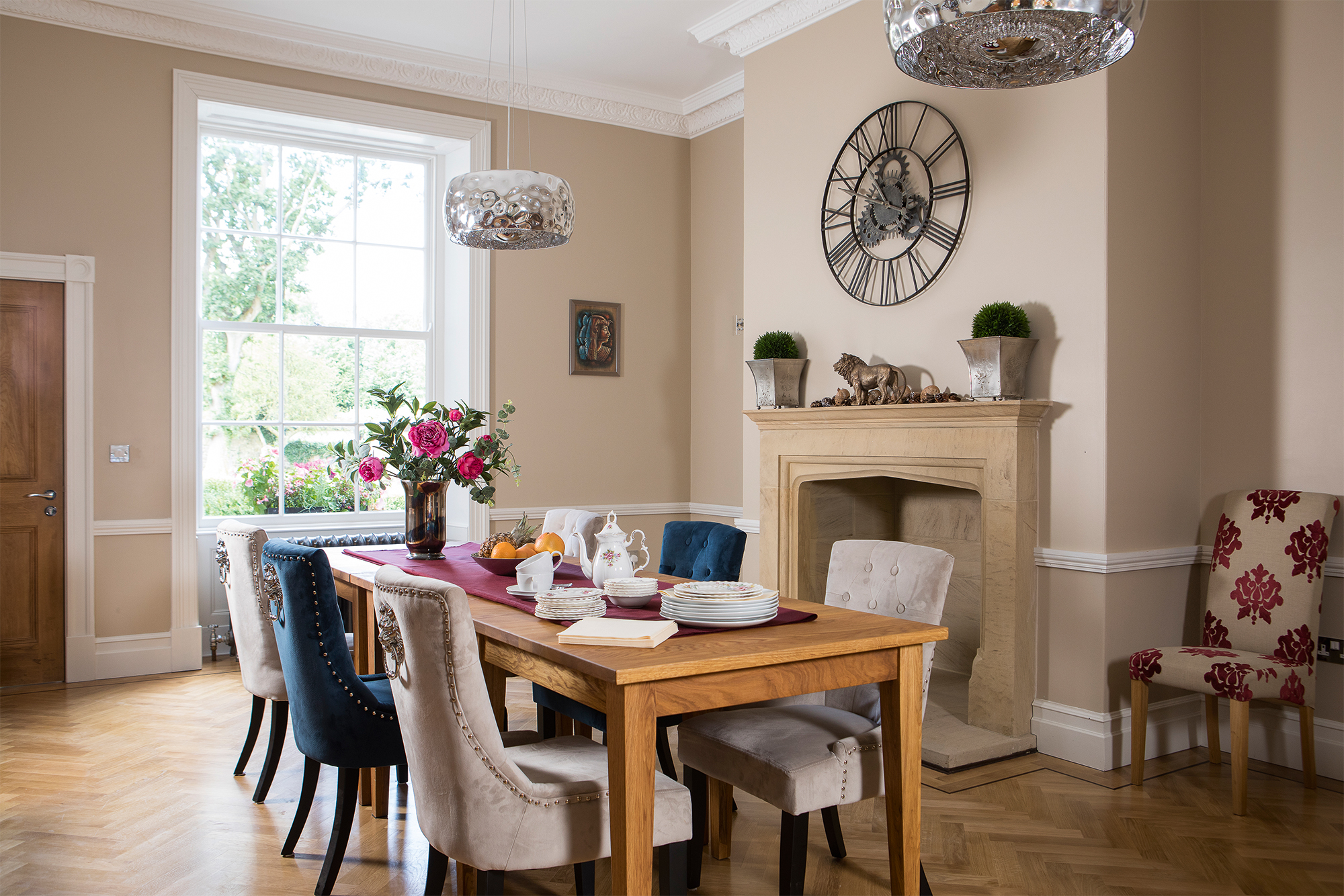
The stone fireplace in the dining room is one of many throughout the house that’s been reinstated or replaced
“It turned out to be a year-long nightmare,” says Alex. “Our house sale fell through twice and there was no interest in the cottage. We had to continue running the B&B as a source of income and just try to stay optimistic. Even when we were desperate, we remained committed to our plans and never thought of backing out.”
During this period the Homers renovated a small property adjoining the main house so that Lisa, her parents, Alex and the children had somewhere to live whilst Grassfield Hall was being renovated.
Eventually their perseverance paid off. Both their home and Lisa’s parents’ cottage sold within weeks of each other and the family moved to their new abode in November 2011.
At this point, Lisa was still travelling back and forth to Harrogate to keep the B&B running. This was to prove a valuable source of income during the first phase of the project – the restoration of the property’s Victorian extension.

Many of the windows had blown or rotten, so the majority were refurbished or replaced
It was the beginning of a long journey, with dizzying highs and extreme lows. “We were on the crazy train and there was no getting off,” says Lisa. “We knew that by taking this on we could create a great life for ourselves, even though it was going to be hard work.”
Tackling the works
The whole property was in a dire state. It had been empty for years and had steadily deteriorated to the point of being totally derelict.
Over time it had been inhabited by squatters and looters, who had stolen most of the fixtures and fittings, including fireplaces, ornate mouldings and timber floors.
Structural issues with the house
Dry rot had also set in, spreading up the walls, eating away at the timbers and causing untold damage.
Despite the poor condition of the property, the silver lining was that the roof had previously been replaced by one of the potential developers.

The couple now run their own luxury bed & breakfast in the countryside
This saved Lisa and Alex a small fortune by helping to preserve the shell of the house. “It gave us a bit of a head start,’ says Alex. “But before we could do anything else, we had to get on top
of the dry rot. It was spreading like a disease.”
Solutions to dry rot
An internal mesh system had been fixed to the walls by a previous owner to create an air gap.
However, it wasn’t tackling the cause of the problem and had to be removed before the entire house could be fitted with new hardwood timbers. It was re-plastered and re-rendered to create an adequate cavity and air flow to prevent further spread of the dry rot.
Unfortunately for Lisa and Alex, the problem returned in the Victorian wing.
“I walked into the kitchen one day and I could detect that tell-tale smell,” says Lisa. “Water had gotten into the cellar and the rot was coming up through the floor.”
The couple had to cut out skirting boards and architraves, remove the stone floor, as well as dig out sand and rubble to create an air gap. This allowed them to cut out the roots where the problem had started, in the wall of the basement. The walls were sprayed with an anti-bacterial fungal spray, similar to antifreeze.
“There are other methods you can use to tackle this, such as injecting chemicals into the wall and burning off the dry rot, but it’s dangerous and difficult,” says Alex. “To get rid of the problem you have to stop conditions where it can spread. It needs a source of water and uses timber for food. It hates circulated air and daylight.
“As a fungal infestation, it spreads like a spider’s web at an alarming rate across walls and floors, and can suck moisture out of timbers.”
Dealing with the second bout of dry rot meant Lisa and Alex had to pay an additional £5,000, but the cost of ignoring it would have been greater in the long run.
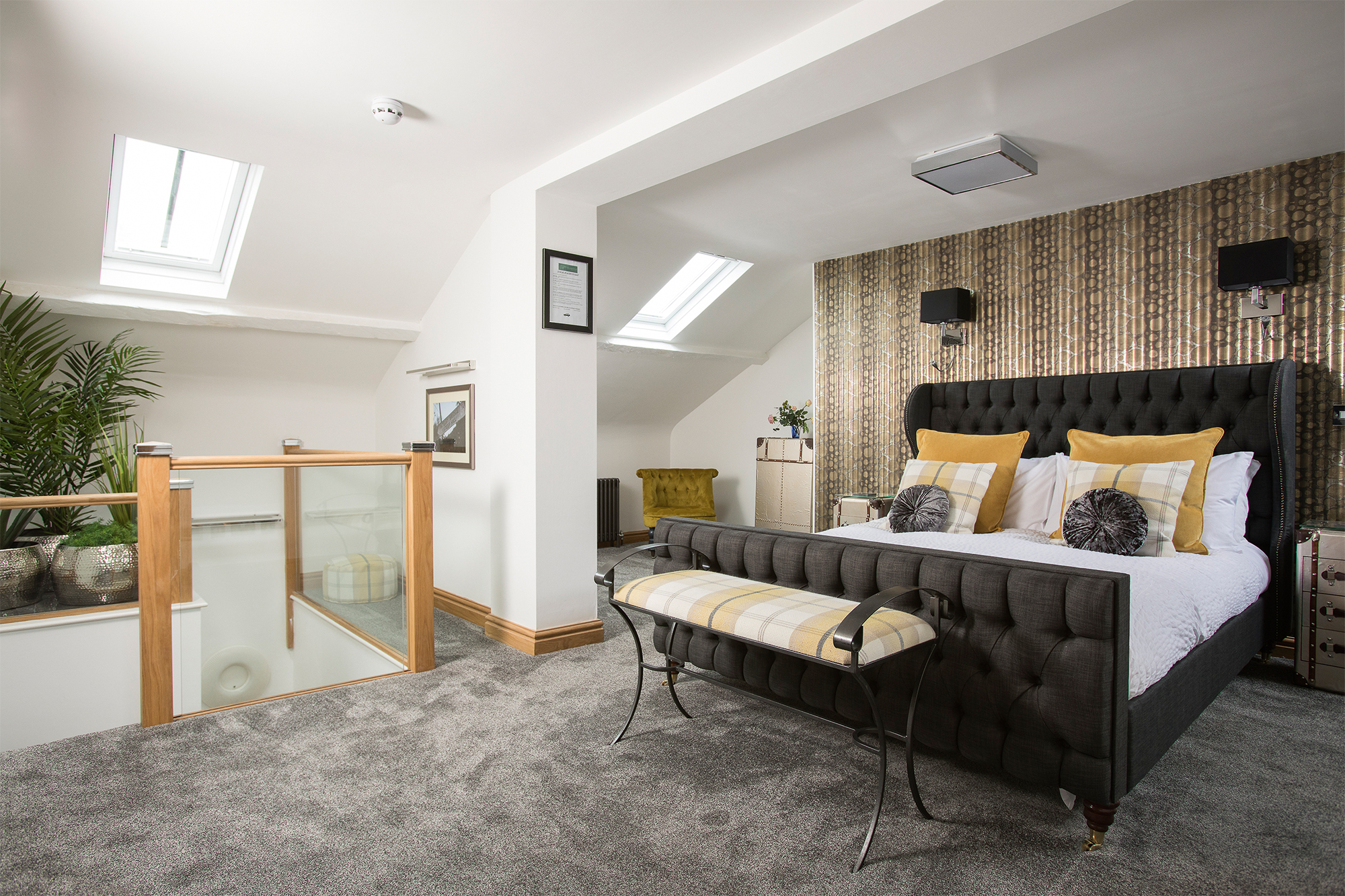
The house originally featured 11 bedrooms, but Alex and Lisa redesigned the layout to create eight ensuite zones
Much of the work was painstakingly carried out by Alex’s brother Miles, supported by a local builder and tradespeople. The entire team worked tirelessly to meet the high standards the house inherently demands.
A full time job
For Lisa and Alex, who have worked constantly on the house for eight years with no holidays, it’s been a labour of love. “We lived and breathed it,” says Lisa. “Once you start something like this, there’s no going back.”
Careful attention had to be paid to the structural elements of the restoration, too. For example, extra support was required beneath the corner of the house, which was built on a stone garden wall.
“We underpinned 12m on this edge of the dwelling, so we had to prop the structure up and put the coursework back in small sections, and make new corner coins in the stone,” says Alex.
Enhancing heritage details
Although some of the original fenestration remains, all of it has either been reglazed or refurbished. Plus, 20 new units have been made to match their Georgian counterparts.
Windows which had been bricked up to avoid the 18th and 19th century window tax were also reopened. “Most of the remaining period versions were fitted with small angle bracket straps,” says Alex.

Contemporary bathroom fittings complement the house’s traditional features, including the coving and Georgian-style windows
“They were so rotten and the house had so many gaping holes that when strong winds came, the glass blew out and smashed. Each unit is 2.4m tall and at a repair cost of £1,000 each, it was quite depressing.”
All the floors throughout the building had to be levelled before parquet flooring and large expanses of marble tiles could be laid with exhausting and exacting precision.
Plush carpet for the first floor and attic room had to be brought in through an opening in the roof because it was impossible to carry it up the narrow staircase, which once served as access for the servants.
The original steps in the main entrance had been savaged by dry rot and were dangerous, so Lisa and Alex decided not to reinstate them. Instead, they turned the hallway into a reception room with a glass balcony above.

Marble tiles have been laid in the hallway, enhancing the sense of period grandeur
Once the couple completed the restoration of the Victorian part of the house, they were finally able to sell their business in Harrogate and launch a new B&B from their home.
“The income from that helped us to finance the refurbishment of the Georgian part of the property,” says Lisa. “In the last 18 months we’ve started to expand the facilities, too, catering for dinner parties and weddings.”
Positive outcome
After a decade of blood, sweat and tears, the Homers feel they’ve turned a corner. “We always kept our eye on the long-term goals of the project,” says Lisa. “There were times when I hit rock bottom and wondered if I could carry on, but bailing out never crossed Alex’s mind.”
The couple are confident they’d have regretted turning away from the scheme.
“It’s gone from being a huge responsibility to something incredibly special,” says Lisa. “It’s a home we’re very proud of, which has given us the chance to achieve that work-life balance.”































































































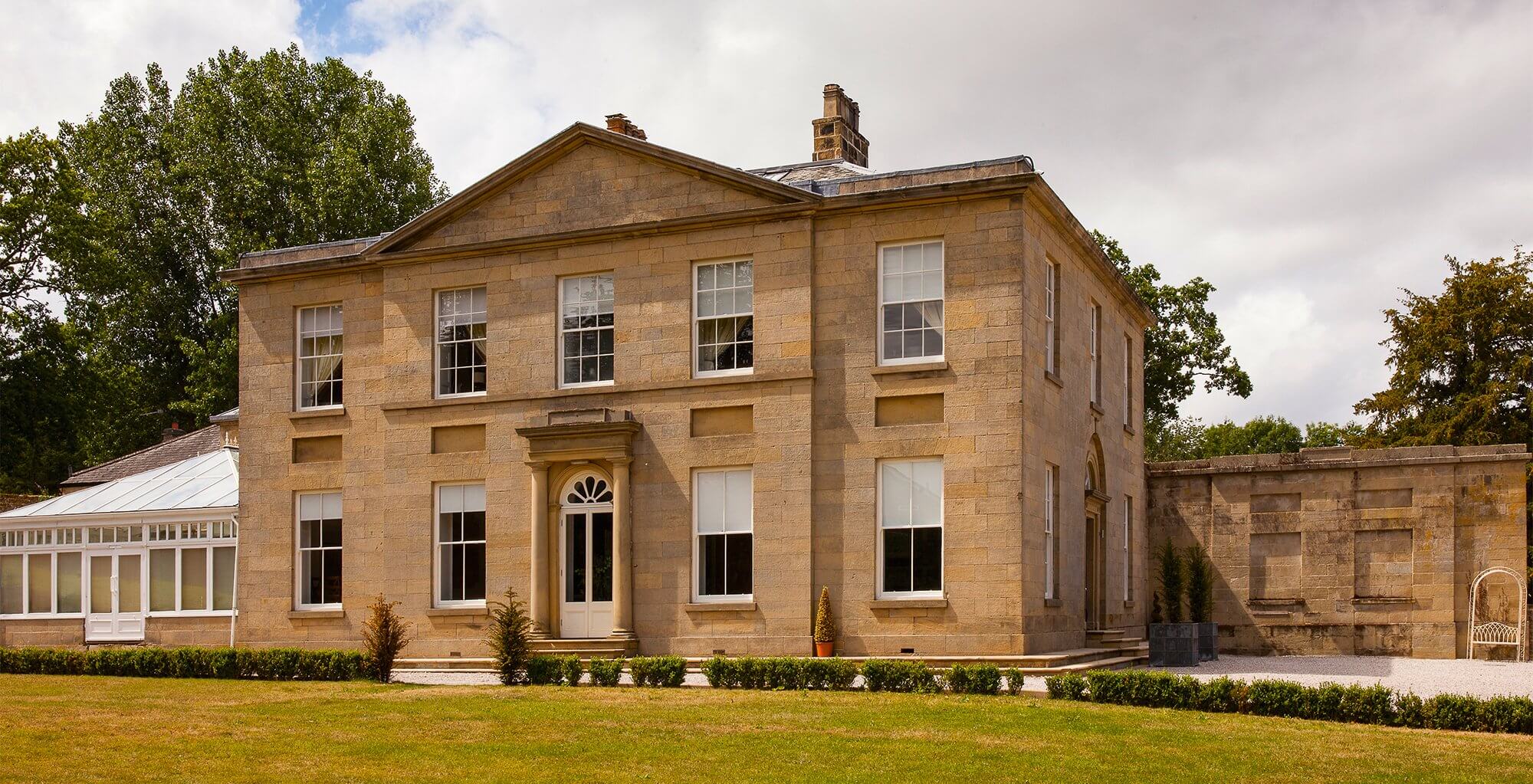
 Login/register to save Article for later
Login/register to save Article for later

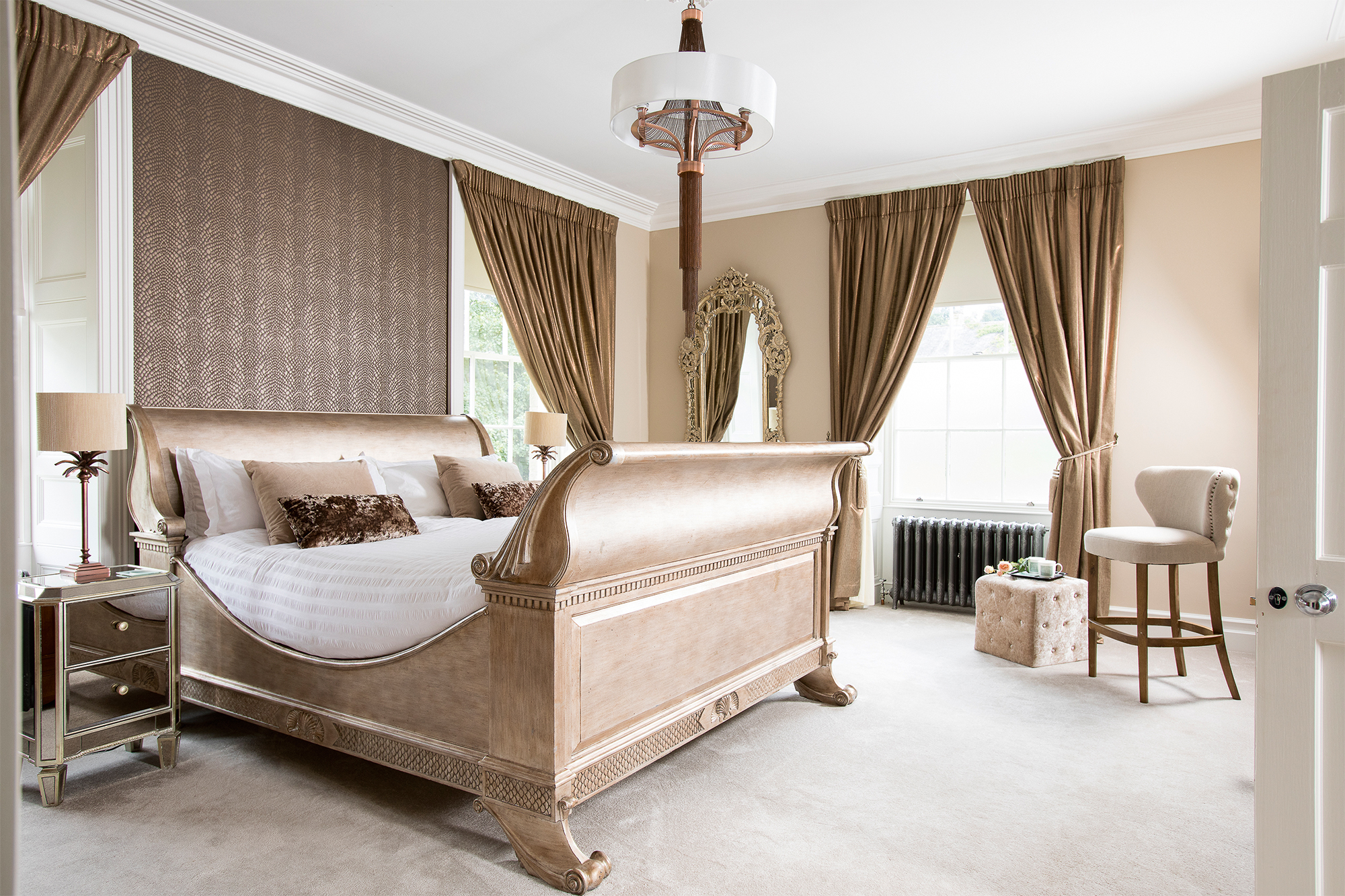

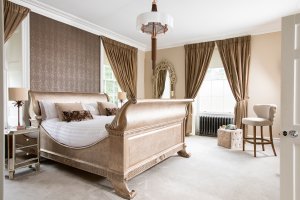



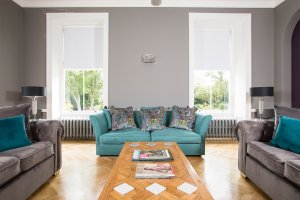






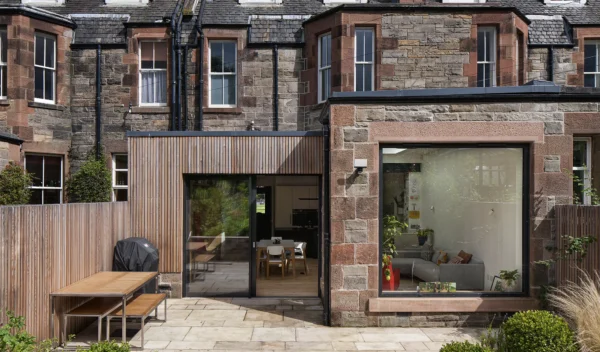

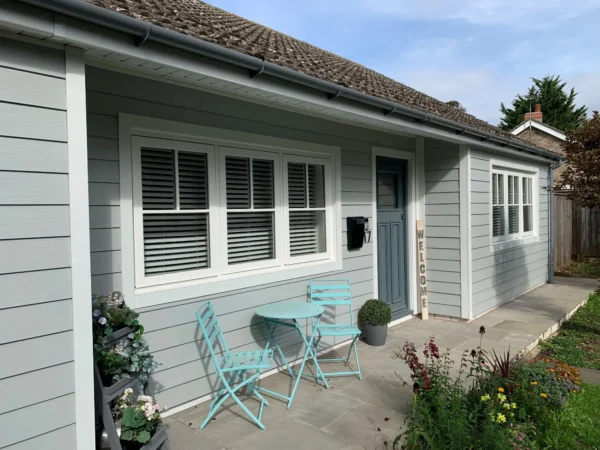
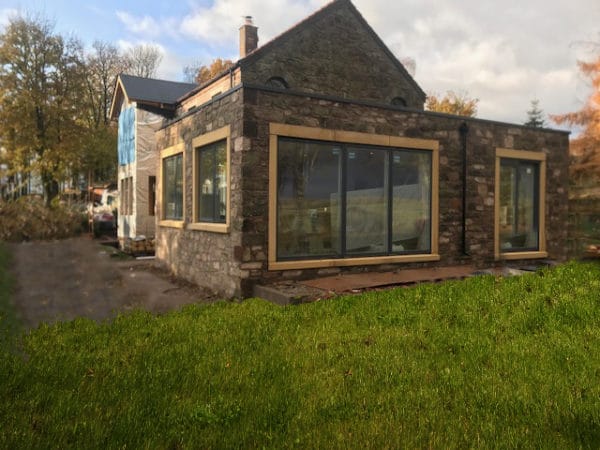





Beautiful renovation! The bedrooms look stunning.